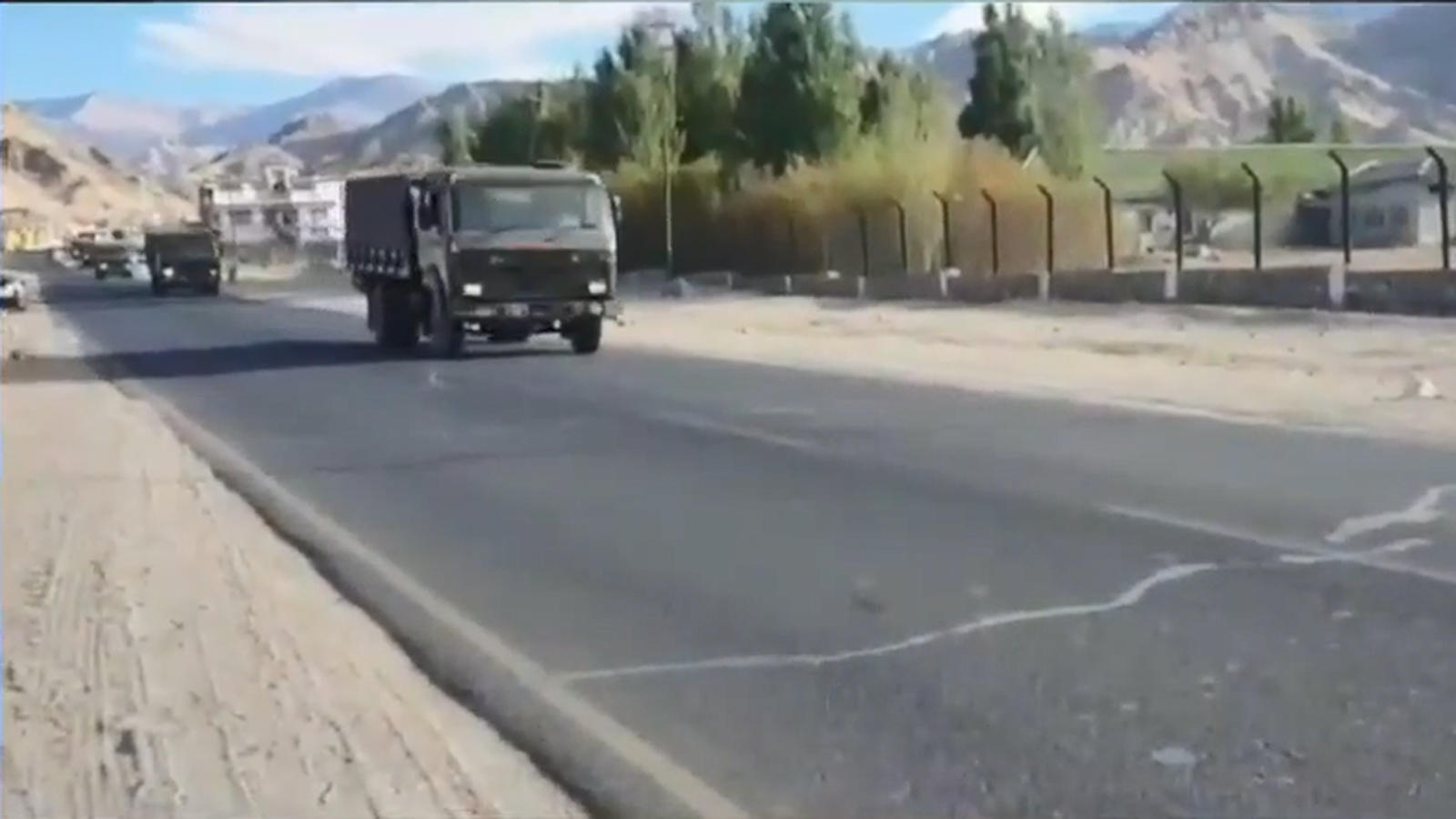
SOURCE: Times Now Bureau
Amid the standoff at the Line of Actual Control (LAC) between India and China, the Indian government has put the Indo Tibetan Border Police (ITBP) and Sashastra Seema Bal (SSB) soldiers on high alert. India is also strengthening its position in Arunachal Pradesh.
Several companies of the SSB have reportedly been asked to move towards the LAC in Arunachal Pradesh. The Indian Army started deploying its troops along the LAC in eastern Ladakh since last night. Additional troops are being brought from other parts of Kashmir as well.
Strategic locations have been taken over by the Indian Army to thwart any attempt if the Chinese personnel again try to change the status quo along the LAC.
Critical heights have been captured in Ladakh and attempts made by the Chinese People’s Liberation Army’s (PLA) troops to intrude into Indian territory have been foiled by alert forces as a pre-emptive measure.
Meanwhile, Army Chief General Manoj Mukund Naravane arrived in Ladakh Thursday morning to review the ongoing security situation. He is on a two-day visit and will be briefed by senior field commanders on the ground situation along LAC.
During the two day visit, the COAS will also review the operational preparedness of the troops who are locked in a standoff with Chinese troops for over three months now.
The Army chief’s visit comes after PLA troops on the night of August 29-30 violated the previous consensus arrived at during military and diplomatic engagements during the ongoing standoff in Eastern Ladakh and carried out provocative military movements to change the status quo.
On Wednesday, in its digital strike at China, India banned PUBG Mobile and 118 other mobile applications. In its statement, the Ministry of Information and Technology said, “This move will safeguard the interests of crores of Indian mobile and internet users. This decision is a targeted move to ensure safety, security and sovereignty of Indian cyberspace.”






